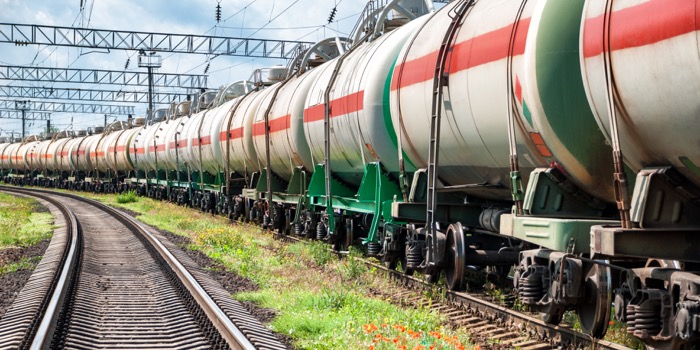Safeguarding European intermodal rail transport logistics
The coronavirus crisis is having serious repercussions on Italian and European logistics chains. The Italian economy is closely linked to the markets of Central and Northern Europe.
In Italy, the volume of goods transported by rail amounts to 97 million tonnes per year, including 60 million with the type of intermodal road/rail transport. Particularly relevant is the international share, with 62 million tons in import/export.

Rail transport, both intermodal and conventional, plays a strategic role, as it moves large quantities of goods over long distances, with fixed and monitorable routes, and with a limited use of staff that can be easily controlled from a health point of view.
Today, leading companies in the logistics sector are shifting a significant amount of goods to rail in order to reduce the mobility of people (drivers) across Europe. This happens especially in the north-south corridor for traffic to/from Italy. This is because on rail transport a train crew (maximum two people) moves 40 semi-trailers, while a transhipment terminal that handles 20 pairs of trains daily, uses 60 railway staff to move goods that would otherwise require 800 truck drivers.
The measures taken by intermodal transport actors make it possible to comply with the new rules. There is relative certainty that the opportunities for contagion are reduced to a minimum.
The driver leaves the loading unit in the designated areas. He often picks up another vehicle and leaves the terminal. The terminal operator works with a crane without coming into contact with the driver; unloads and loads the train without having contact (except for radio connections) with the operations office. The train is moved with autonomous shunting teams that place it on the operating tracks; the train is then brought onto the sidings and then starts its journey on the main line
But intermodal rail transport must be supported and guaranteed with specific aids and measures. These include (but are not limited to):
- Clear and transparent communication at institutional level, avoiding counterproductive alarmism, with strong reference to the strategic role of intermodal transport in this sanitary emergency
- Transhipment terminals are the essential link in the operation of intermodal transport and require special attention, including first/last mile services on road
- Safeguarding intermodal transport through interventions and processes coordinated with the Civil Protection and the Regions involved, but by coordinating these actions at a central level in order to have uniform procedures of action. It would be useful to define, through the intervention or the presence of the Civil Protection, the functionality of the safety measures and the work continuity
Any blocking of rail transport would be counterproductive from the point of view of public health and should therefore be avoided at all costs.
For more information visit www.railfreight.com
30th March 2020















